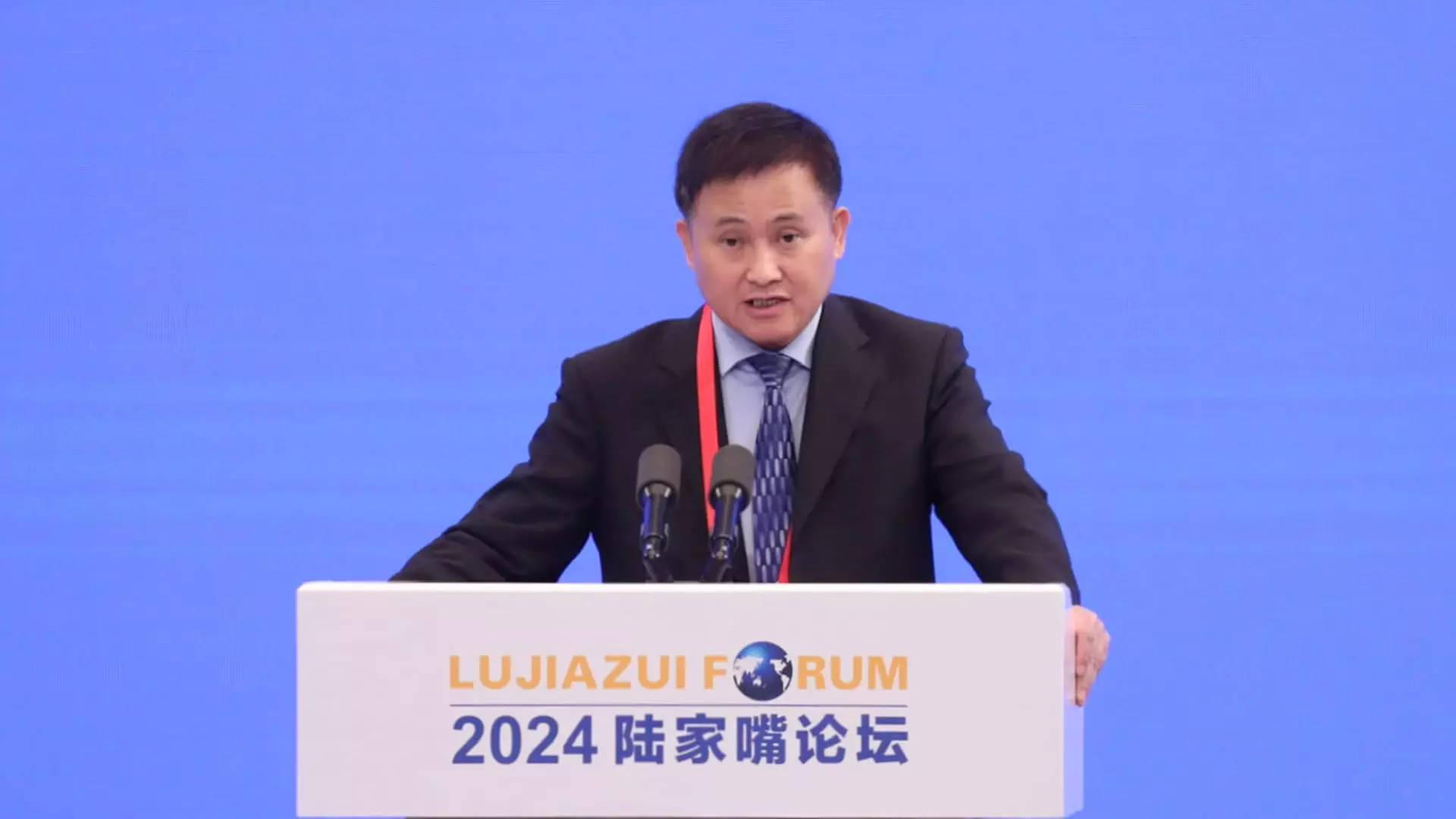China’s central banking authority is making significant moves in its monetary policy, stirring conversations on economic stability and growth. The People’s Bank of China (PBOC), under the leadership of Governor Pan Gongsheng, announced a reduction in the reserve requirement ratio (RRR) by 50 basis points. This strategic decision aims to increase liquidity within the banking system and bolster economic activity amid ongoing challenges. However, the intricacies around the timing and implications of this policy shift merit thorough examination.
The RRR is a crucial tool employed by central banks to control the amount of funds that commercial banks must hold in reserve, thus influencing the overall lending capability of the banking sector. By lowering the RRR, the PBOC aims to enhance the availability of cash, supporting lending to businesses and consumers. Governor Pan hinted at the potential for additional cuts ranging from 0.25 to 0.5 basis points by year-end, signaling a proactive approach to counteract economic headwinds.
This policy announcement comes at a time when China’s economic growth faces multiple challenges, including a slump in the real estate market and persistently low consumer confidence. The reduction in the RRR not only expands the banks’ capacity to lend but also reflects a broader strategy to stimulate domestic demand. It is crucial for the PBOC to create a robust financial environment that can support growth amid external uncertainties and internal weaknesses.
Interest Rate Adjustments as Complementary Measures
During the same press conference, Governor Pan revealed that the PBOC would also lower the 7-day repo rate by 0.2 percentage points. This move is part of a multifaceted approach aimed at enhancing liquidity, allowing banks to manage their short-term funding more effectively. Meanwhile, the bond market reacted positively, with China’s 10-year government bond yield dipping to a historic low of 2%, reflecting investor confidence in these measures.
However, it is significant to note that while the PBOC is tackling short-term rates actively, the loan prime rate—a benchmark affecting corporate and household borrowings—remained unchanged. This divergence indicates a nuanced approach where short-term liquidity is prioritized while maintaining stability in the longer-term lending environment. The lack of adjustments to the loan prime rate amidst a backdrop of external monetary policy shifts, particularly from the U.S. Federal Reserve, raises questions about China’s longer-term monetary direction.
Historically, China’s economic policies are shaped at a higher governmental level, which positions the PBOC’s operational measures within a broader context of national priorities. The recent directives from top-level meetings indicated a strong intention to meet growth targets and enhance domestic consumption. While the PBOC is implementing rate reductions and RRR cuts as responses to current economic signals, the effectiveness of these actions will be judged against China’s actual growth trajectory.
Calls for additional fiscal stimulus are becoming increasingly pronounced as economists emphasize the need for comprehensive support across multiple fronts. There seems to be a consensus that while monetary easing contributes to liquidity, it must be matched with fiscal strategies that provide substantive support for consumer spending and investment, particularly following the significant downturns in sectors like real estate.
Looking Forward: Navigating an Uncertain Economic Landscape
As Governor Pan navigates the PBOC’s future policies, the complexities of the global economic environment, coupled with domestic challenges, necessitate a careful equilibrium between stimulation and risk management. The central bank’s actions are crucial in instilling confidence among businesses and households, yet the effectiveness of such measures is contingent on their alignment with overarching economic conditions.
Overall, China’s recent changes to its reserve requirement ratio and interest rate policies underscore a crucial juncture for its monetary authority. As the PBOC strives to reignite growth amidst internal and external pressures, it must remain agile and responsive to evolving economic landscapes, ensuring that its monetary policies cultivate resilience in the face of uncertainty.

